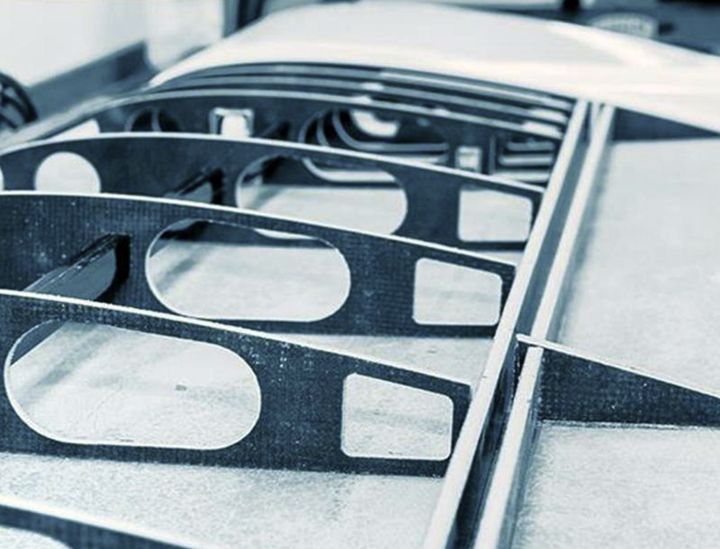
This week’s selection is “Additive Manufacturing for the Aerospace Industry” by Francis H. Froes and Rodney Boyer.
The aerospace industry is perhaps the most important sector making use of 3D print technology today. For literally decades the technology was generally relegated to prototyping, as it provided a way to produce rough prototypes in a far shorter duration than using traditional approaches.
But the materials used in those prototypes were often not suitable for end-use parts. At the time the materials available for 3D printing were quite constrained and it was very infrequent a match between 3D print supplier materials and engineer’s design documents were found.
That resulted in a pattern of understanding that 3D printing was “not good enough” for production purposes. This attitude was pervasive for many years, but then it began to change due to the experimental work in the aerospace industry.
Aerospace designers have a couple of unique characteristics that made their work quite amenable to additive manufacturing:
- They required a relatively low volume of parts
- The parts used in aerospace were frequently quite expensive
- They required parts to be as lightweight as possible, but these could not be easily produced on conventional equipment
Thus the perfect storm occurred and the aerospace industry began looking into the use of metal 3D printing technologies to produce unusual parts for their industry. They found they could produce parts that were indeed lightweight in suitable volumes at prices that were not so different from traditional approaches. In fact, the lightweight parts in a way paid for themselves through future fuel savings on aircraft.
The industry continues to adopt 3D printing technology today, and their work has inspired multiple other industries to look into the use of the technology in their sectors.
This book is a collection of research papers related to using additive manufacturing in the aerospace industry.
The book explores the materials used by aerospace when 3D printing, and provides an overview of the workflow and technologies used by aerospace companies.
Special emphasis is made on aspects of certification for additively manufactured aerospace parts, as this has been one of the most critical steps to using these parts on aircraft.
The book proceeds to investigate a number of different materials and their uses in aerospace and surface quality properties, including TiAl, NiCr superalloys, and aluminum.
One chapter discusses additive manufacturing as a business within the aerospace industry, examining the factors for success, integration of supply chains, material considerations and regulatory implications.
If you’re involved in aerospace using additive manufacturing, you might consider looking at this book.
Via Amazon
